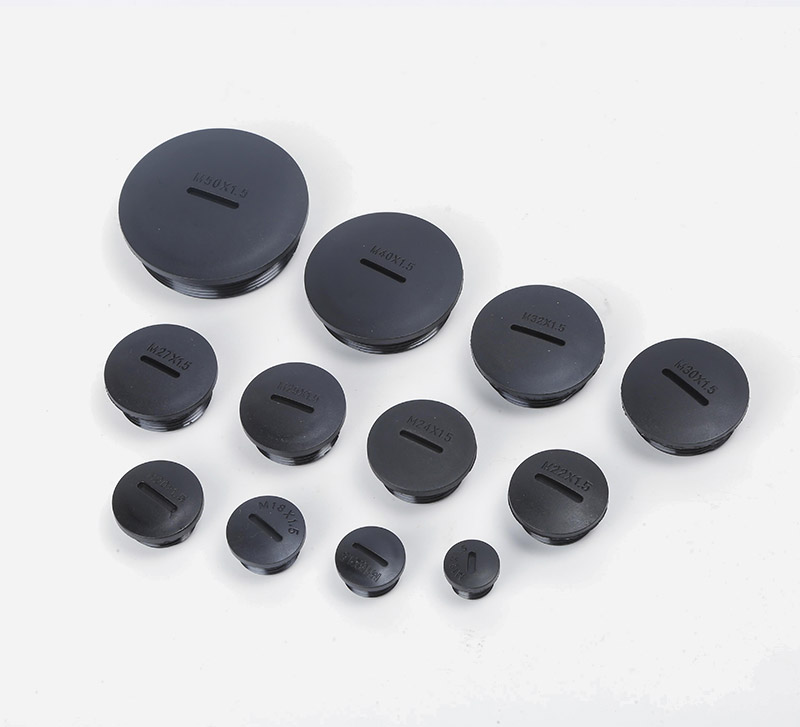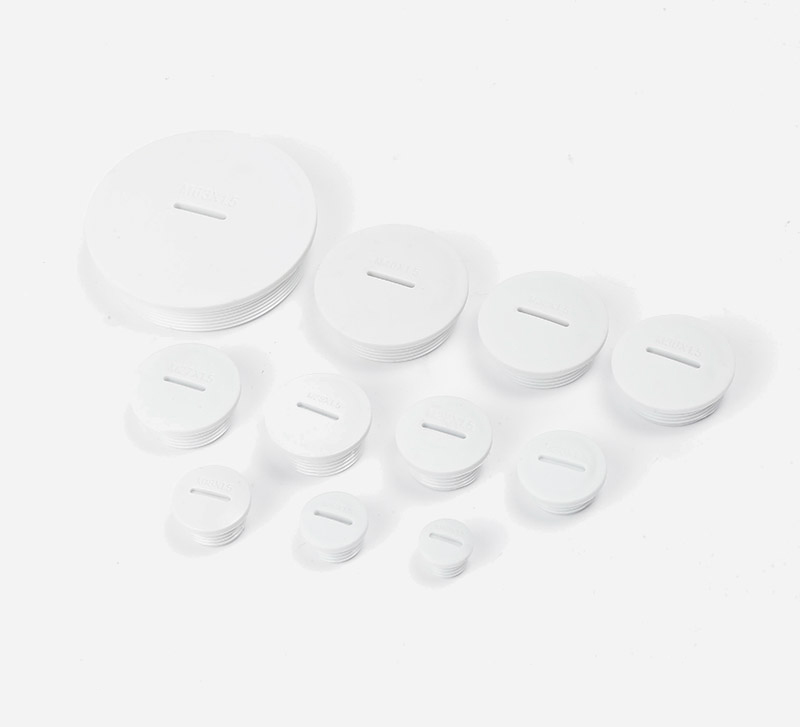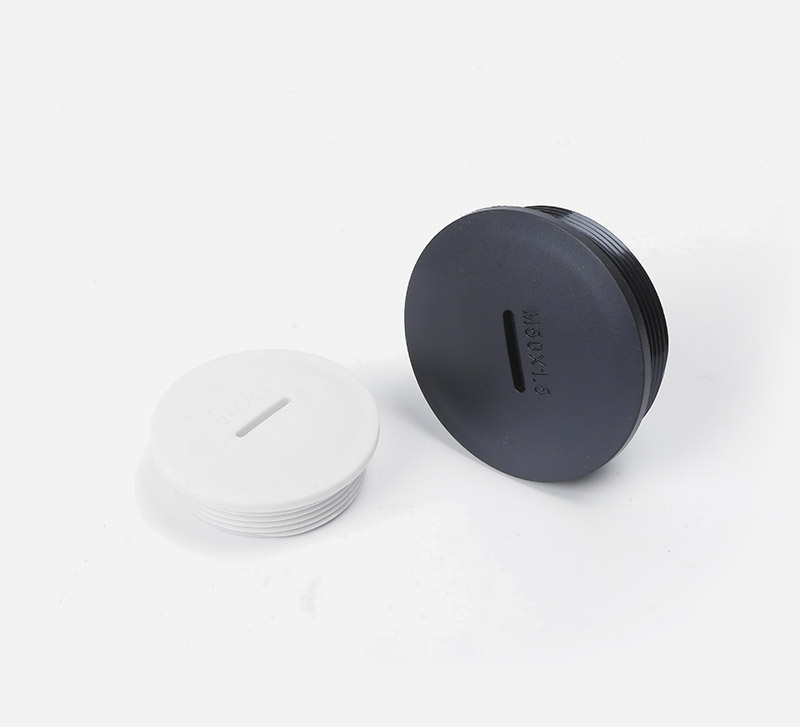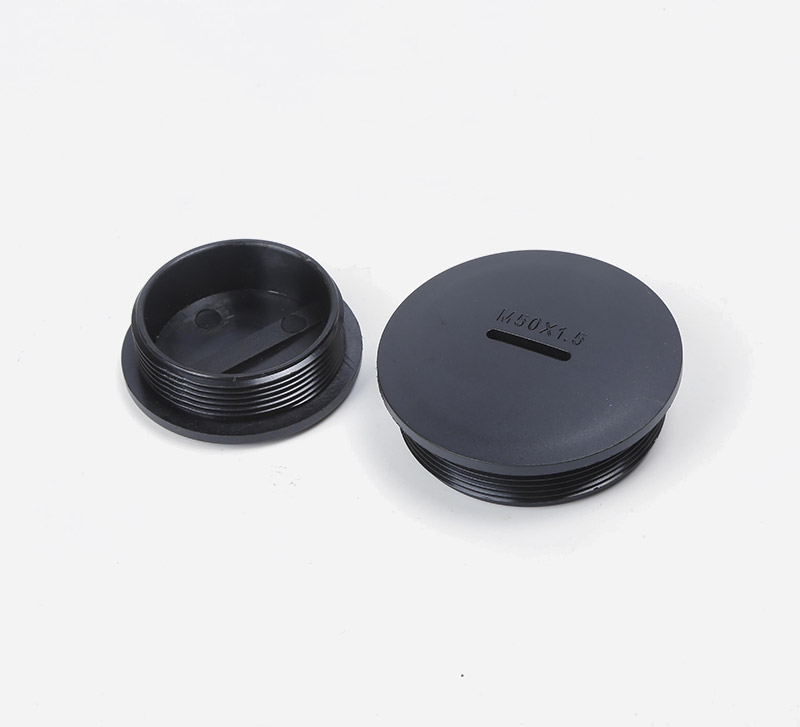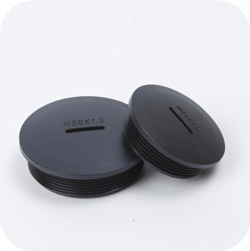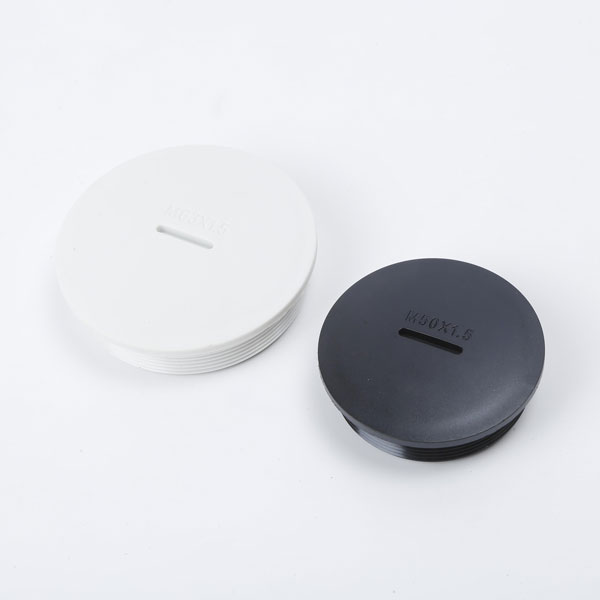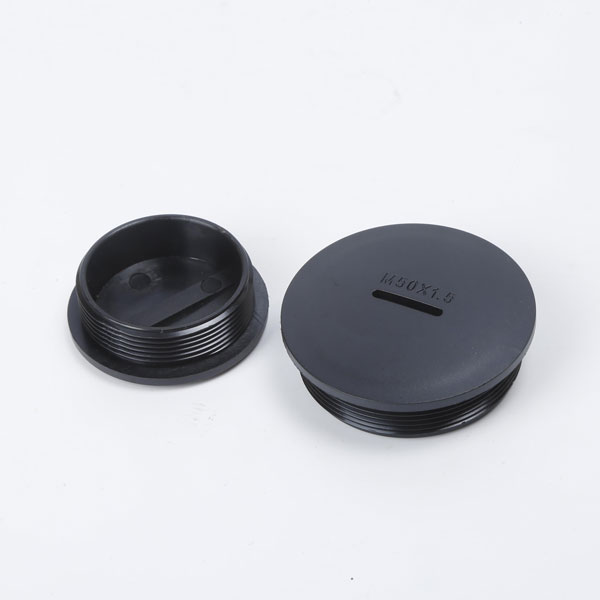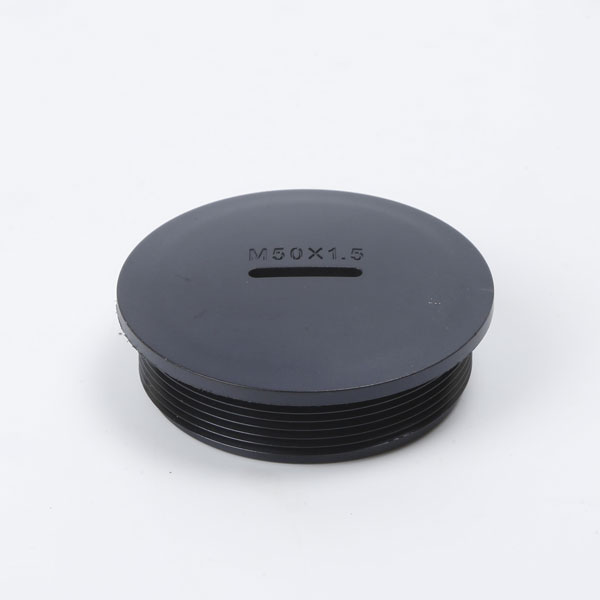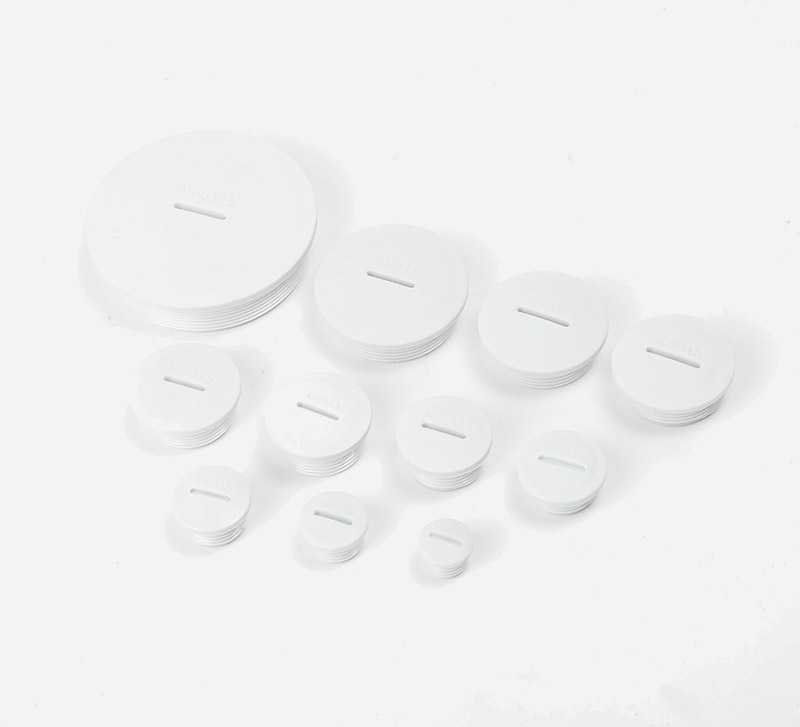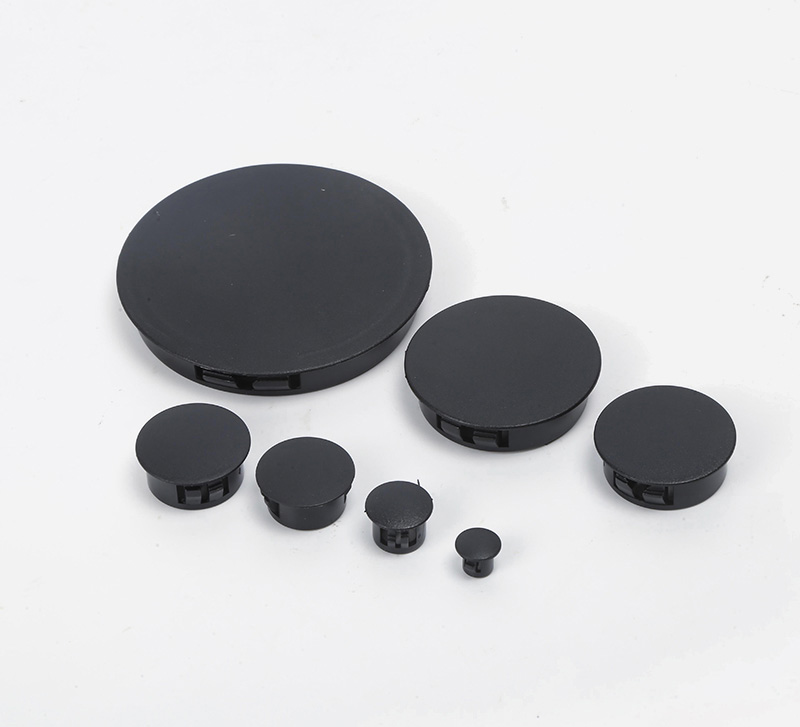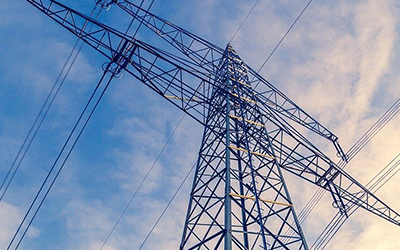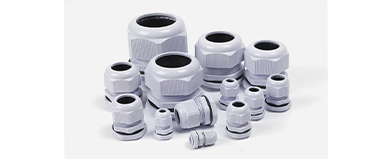Nylon hole plugs, made of durable and flexible nylon, fit diverse holes. They seal against contaminants, protect from accidental contact, and are used in electronics, automotive, furniture, etc. for hole sealing and safeguarding.
The material of the hole plug is usually NYLON, available in various color options such as black and white. Its main purpose is to serve as a plug for prepared holes or redundant holes to maintain the beauty of the disk surface. When in use, just gently insert the button plug into the hole of the machine board to firmly fasten the machine board. In addition, the button-type plug head is also acid-resistant, inspection-resistant, and oil-resistant, and is suitable for a variety of environments.




